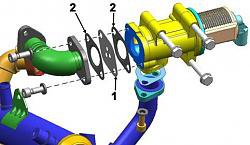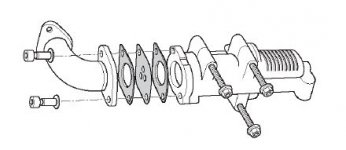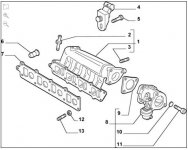- Joined
- Jun 25, 2007
- Messages
- 2,789
- Points
- 437
Bosch don't make the gasket. What makes you think they do?
You clearly have a very limited understanding of diesel engine technology. Some of the people who have replied to you are Fiat tech trained themselves. If you won't listen and keep doing as you please, then that's your problem. But I wouldn't advocate others doing the same on a public forum.
As from where I stand, you either run the car as it was designed (E.G. with the EGR valve in full working order) or don't run it at all. Can't understand why people think they know better.
You clearly have a very limited understanding of diesel engine technology. Some of the people who have replied to you are Fiat tech trained themselves. If you won't listen and keep doing as you please, then that's your problem. But I wouldn't advocate others doing the same on a public forum.
As from where I stand, you either run the car as it was designed (E.G. with the EGR valve in full working order) or don't run it at all. Can't understand why people think they know better.






